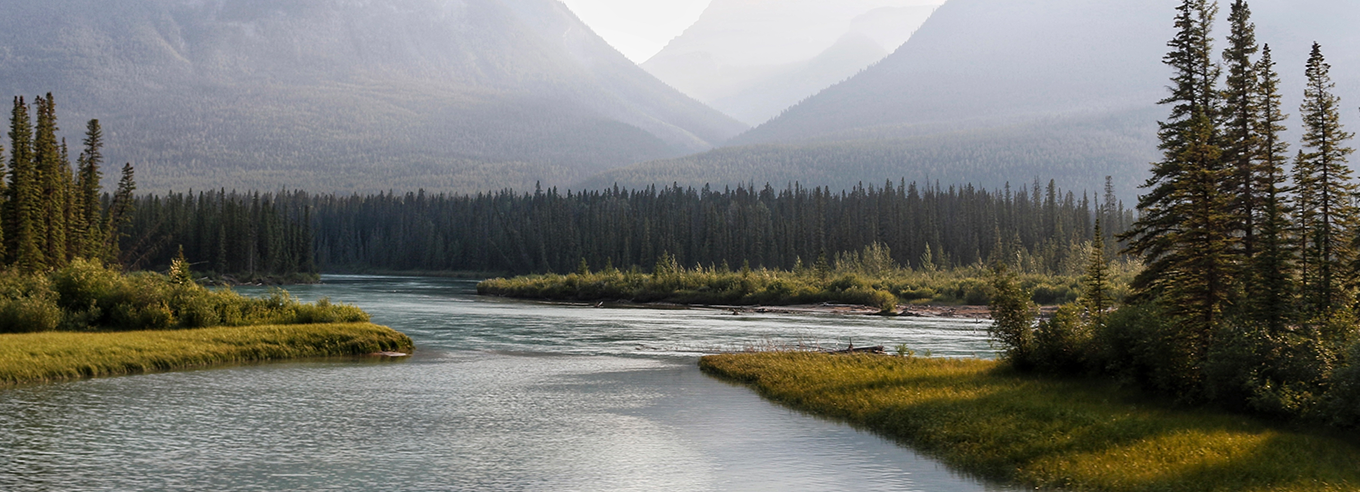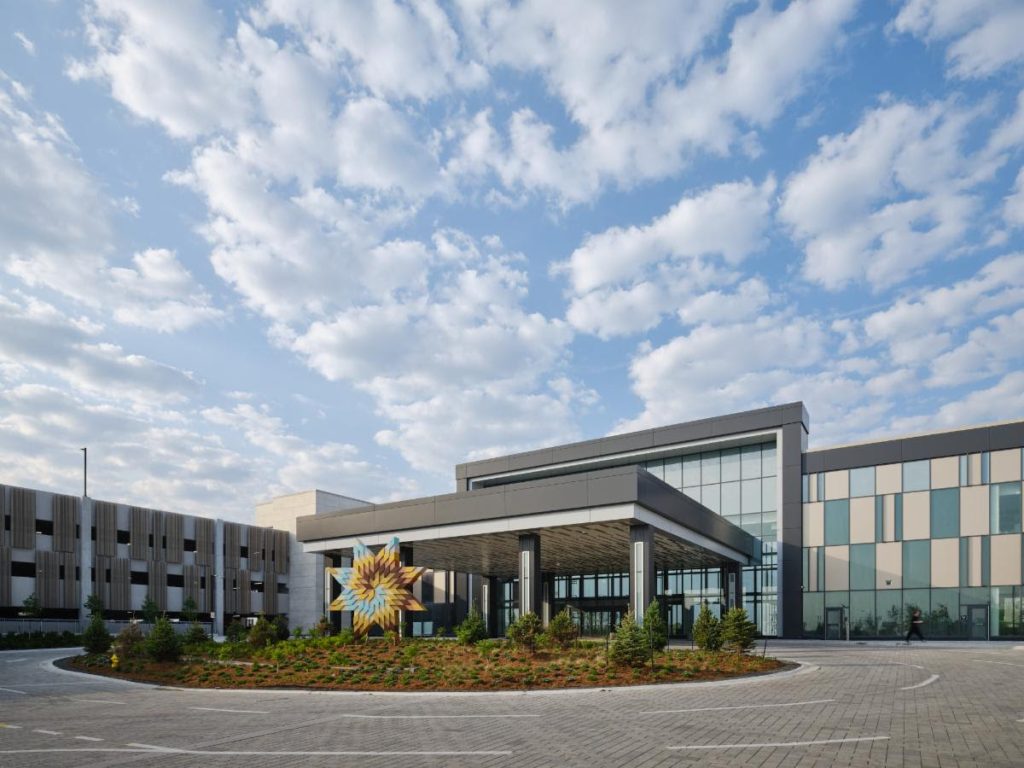
Luxury motels are trending—but should you book a stay?
Boutique motels, with their modest room count, old school hospitality and all-around affordability are an ideal choice for travellers from all walks of life.
A few years ago, if you’d told me that I would be willingly spending my weekend at a motel, I probably would have laughed.
If countless road trips across Canada—and one too many reruns of Alfred Hitchcock’s 1960 horror flick, Psycho, taught me anything— it was that these places, whose flickering neon signs beckoned slyly from the parking lot, offered cheap rates for a reason.
It didn’t used to be like that, though. Motels as we know them started dotting North American roadways in the 1920s. Their origins were primitive at best, offering weary travellers a place to wash up and lay their heads.
The term “motel” was actually coined from the words “motor hotel” because these accommodations primarily targeted travelling motorists. After the Second World War, motels spiked in popularity, as more attractive features, like outdoor pools or kitchenettes were introduced. But by the 1960s, as chain hotels emerged, motel bookings tanked. While hotel brands continued to reinvent themselves to cater to an ever-changing clientele, motels remained entrenched in the past.
Now, decades later, motels have entered their renaissance era.
Motel mania
A far cry from the seedy, roadside fixtures with their often sleazy connotations featured in Hollywood cinema, boutique motels are having a moment. Often refurbished or completely gutted from the ground up, these new motels include thoughtful amenities, sought-after perks and contemporary decor that give select high-end hotels a run for their money.
From on-site wine bars and farm-to-table eateries, to full-fledged room service and generously stocked minibars, in-room spa treatments and on-site after-hours socials, these motels leave dingy stereotypes in the dust.
And so, on a Saturday afternoon, I found myself checking into The Beach Motel.
As a travel editor, I’ve lost count of the five-star hotels I’ve stayed at around the world. From private infinity plunge pools overlooking the Caribbean Sea, to signature scents in-room and even pillow menus, luxury properties are constantly coming up with new ways to make your stay feel extra special. But after stepping into the lobby and receiving a signature welcome drink and a hot towel during check-in, The Beach Motel immediately felt very on par to the level of hospitality I’ve come to expect from those high-end properties.

An elevated stay
Stepping into my suite, the elevated hospitality continued—there were chocolates on the bed, the heated floors had been turned on, and general manager, Amanda Deer, was eager to help answer any questions or attend to special requests.
Located on the shores of Southampton, one of Ontario’s best summer beach towns, the property is owned and operated by Dane and Samantha Buttenaar. With backgrounds in landscaping and real estate, the couple opened The Beach Motel in March 2022, successfully transforming the old Huron Haven motel that occupied the lot years before.
“I think since the shift to hotels, motels have been neglected and always been a ma and pa type establishment. Normally owner occupied, they were understaffed and not well kept,” said Dane Buttenaar, co-owner, The Beach Motel. “More recently, there’s been a shift from hotel accommodations to Airbnb and boutique properties that allow a more personal touch. We enjoyed embracing a guest-focused experience that allowed guests to not only have great service, but the chance to all interact and converse about travel and our beautiful town, Southampton.”
Home to 17 suites, each room is outfitted with either a king or queen-sized bed, a soaker tub and a rainfall shower and heated bathroom floors. Additional in-room, hotel-like amenities include a Nespresso machine stocked with a selection of coffees and teas, matching robes, a hair dryer, a mini fridge and even an ice bucket as well as wine and cocktail glasses.
The Beach Motel also houses a spa that offers massages and facials, a two-person sauna and an on-site restaurant, with a weekly farm-to-table menu executed by chef Carey McLellan. Inside the restaurant, which doubles as a lounge, guests can take their pick of complimentary board games and plenty of paperbacks, and on cooler nights, enjoy a drink by the cozy stone fireplace. It’s that smaller setting coupled by its communal spaces, that make you feel so much more connected to the property and the staff.
Of course, it’s important to also point out a few key differences between a high-end motel, such as The Beach Motel, and a true five-star hotel, too. With fewer rooms and a lower guest-to-staff ratio, you can expect an intimate atmosphere and a more personalized approach to service. However, many boutique motels don’t offer a 24-hour concierge; instead the front desk follows a dedicated hourly schedule. Parking may also be limited in busier months, and on-site restaurant hours close earlier than the restaurants in town.
But if it’s small town hospitality and a charming experience you’re after, give the humble motel another chance.
More motels to explore in Ontario



The Drake Motor Inn
Dubbed Prince Edward County’s most retro inn, The Drake Motor Inn is operated by the same owners of Toronto’s beloved Drake Hotel and Wellington’s Drake Devonshire. Wrapped in bright, funky colours, this pet-friendly motel features 12 guestrooms, all decked out with art and photography. Guests can enjoy plenty of perks, including complimentary use of Polaroid cameras for the perfect selfie, as well as a plethora of dining options at the Drake Devonshire.
Penny’s Motel
A laid back, old school vibe, minus the bubblegum pink bathtub awaits at Penny’s, located in Thornbury, Ont. on the coast of Georgian Bay. The swanky-looking motel offers 13 pet-friendly rooms, stocked with Malin + Goetz bath products, heated floors and rainfall showers. Locally-sourced food, including build-your-own s’mores abound at Apres, Penny’s snack bar. Other amenities include complimentary bikes, communal fire pits and heated patios.
Somewhere Inn
Outside of Ottawa in Calabogie, Somewhere Inn, opened in August 2021, breathes new life into an old motel from the 1970s. Its oversized, dog-friendly rooms that can sleep up to eight are TV-free (encouraging you to explore somewhere new, duh) and furnished with comfortable queen and king-sized beds. Nespresso machines, soaker tubs, Endy mattresses and fluffy duvets make this spot feel just like home for you and your furry friend for as long as you’d like.




























